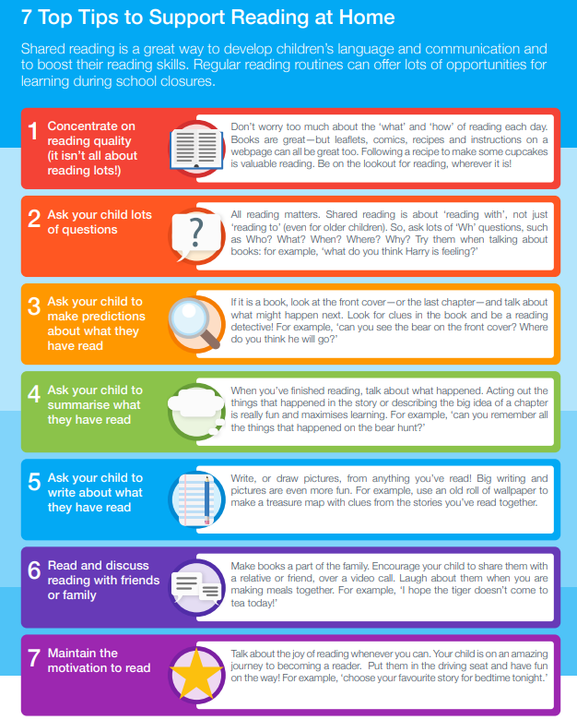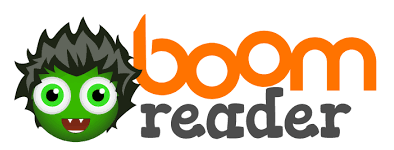Reading
Vision
We believe that reading is one of the most impactful and fundamental skills that children will have and need throughout their education and in life, therefore we ensure it is taught to the highest of standards, and taught consistently to ensure progression is made for all children. Our vision is that every pupil will learn to read, regardless of their background, needs or abilities, and that every pupil will be inspired to become life-long readers.
Implementation: Systematic phonics, fluency and comprehension
At Candleby Lane, we celebrate reading throughout every phase of a child’s development. Our children’s reading journey begins in the Early Years, where children are exposed to daily phonic instruction and oral story telling.
As children develop their phonic knowledge and their fluency for reading, we continue to foster a love of reading through whole class reading in Key Stage One and in Key Stage Two. We plant the seeds of early reading through segmenting, blending, and storytelling.
This then grows into appreciating texts at greater depth through the explicit instruction of the Fischer Family Trust Reading Comprehension Framework in Year two and Key Stage 2. This framework ensures there is progression and challenge as children move through each stage of their development.
We believe that reading fluency is the vital bridge between secure phonic knowledge and confident comprehension. Our vision is for every child to become a fluent, expressive reader who reads with accuracy, automaticity, and prosody, enabling them to unlock meaning and develop a lifelong love of reading. Guided by the research of the Education Endowment Foundation (EEF), we ensure our approach is evidence-based and effective. We are proud to be part of the Herts for Learning Reading Fluency Project, which supports us in equipping children with the skills they need to thrive as readers both in school and beyond.
At Candleby Lane, we know that good practice includes highly trained, effectively deployed staff with strong subject knowledge, a consistent approach across each year group and throughout the school and quality resources, which are well-organised. In addition, good practice requires rigorous assessments which are used effectively, daily reading sessions based on assessed needs and close monitoring of the assessment and teaching of reading throughout the school. We regularly use PM Benchmarking to assess book banding levels.
We ensure that ‘story time’ is an embedded feature in all classrooms, reading across the curriculum is constant and all learning spaces are literacy rich environments, including immersive libraries within each year group.
In addition to our strategies in school, we also encourage parents to support with children’s reading development at home. All reading is logged on Boom Reader. We also promote reading within the community by engaging with our local libraries and reading volunteers. The children are given the opportunity to regularly celebrate reading throughout the year with book fairs, author visits, and special events such as World Book Day.
Impact
Through the teaching of systematic phonics, our aim is for children to become confident readers by the end of Key Stage One. The teaching of fluency will help children to bridge the gap from phonics to comprehension as they move through the school. Attainment in reading is measured using the statutory assessments at the end of Key Stage One and Two. These results are measured against the reading attainment of children nationally. Attainment in phonics is measured by the Phonics Screening Check at the end of Year 1. However, we firmly believe that reading is the key to all learning and so the impact of our reading curriculum goes beyond the results of the statutory assessments. We give all children the opportunity to enter the magical worlds that books open up to them. Children are encouraged to develop their own love of genres and authors and to review their books objectively. This enhances a deep love of literature across a range of genres, cultures and styles.
7 Top Tips to support Reading at Home



